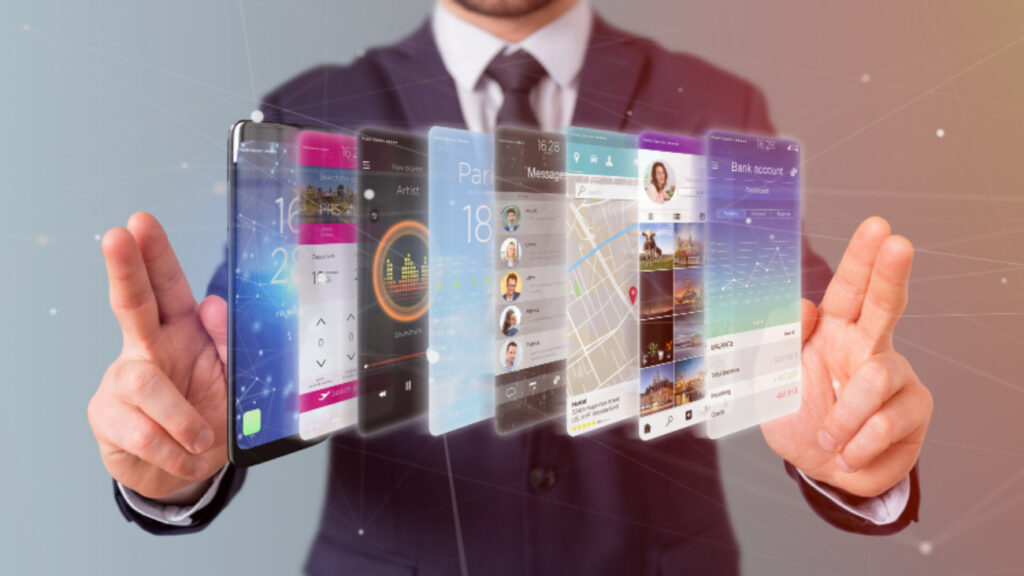Augmented Reality (AR) and Virtual Reality (VR) have taken the tech world by storm, revolutionizing how we perceive and interact with the digital realm observed Bahaa Al Zubaidi. These cutting-edge technologies are no longer confined to science fiction-they’re becoming integral to our daily lives.
From AR apps enhancing our in-person experiences to VR offering immersive social gatherings, AR and VR are reshaping the way we connect and communicate. This blog delves into the profound impact of AR and VR on our social interactions, exploring their transformative potential.
AR and VR: A Brief Overview
These technologies are reshaping our digital landscape, blurring the lines between the virtual and the real. AR enriches our physical world by overlaying digital information and objects onto it, offering us an enhanced, interactive experience.
VR, on the other hand, immerses us entirely in a digital environment, isolating us from the physical world. AR and VR have rapidly gained momentum in recent years, with a proliferation of applications and devices. It’s crucial to grasp their potential and limitations as we explore how they transform our social interactions and communication.
Enhancing Social Interaction with AR and VR
VR takes us to immersive virtual realms, allowing us to engage in shared experiences, such as virtual gatherings and multiplayer gaming. On the other hand, AR enriches our face-to-face interactions, introducing AR-powered communication tools and location-based experiences. In VR, we can attend concerts with friends from across the globe, fostering connections irrespective of physical distance.
AR, meanwhile, enhances real-world conversations by providing instant information and interactive elements. These technologies are not just tools but bridges, bringing us closer together and transforming the way we communicate and connect in an increasingly digital world.
Challenges and Concerns
As we explore the potential of Augmented Reality and Virtual Reality in social interactions, it’s crucial to address the concerns that accompany these innovations. In the VR realm, there’s a risk of users feeling isolated and detached from the physical world due to the immersive nature of the technology.
Plus, privacy and security concerns are paramount in both, as personal data can be vulnerable. Ethical considerations come into play as well, especially in virtual social spaces, where issues like harassment and virtual property rights need attention. These challenges underscore the need for responsible development and use of such technologies.
Conclusion
The impact of Augmented Reality (AR) and Virtual Reality (VR) on social interaction and communication is profound and transformative. These technologies have evolved from mere concepts to integral parts of our daily lives. They offer unprecedented opportunities to enhance social gatherings, connect across distances, and collaborate in innovative ways.
However, it’s imperative to recognize the potential challenges, such as isolation in VR and privacy concerns, and address them responsibly. As AR and VR continue to advance, they will play a pivotal role in reshaping our social landscape. Embracing these technologies thoughtfully and with awareness of their implications will be essential as we navigate this exciting future.
The blog has been authored by Bahaa Al Zubaidi and has been published by the editorial board of Tech Domain News. For more information, please visit www.techdomainnews.com.





